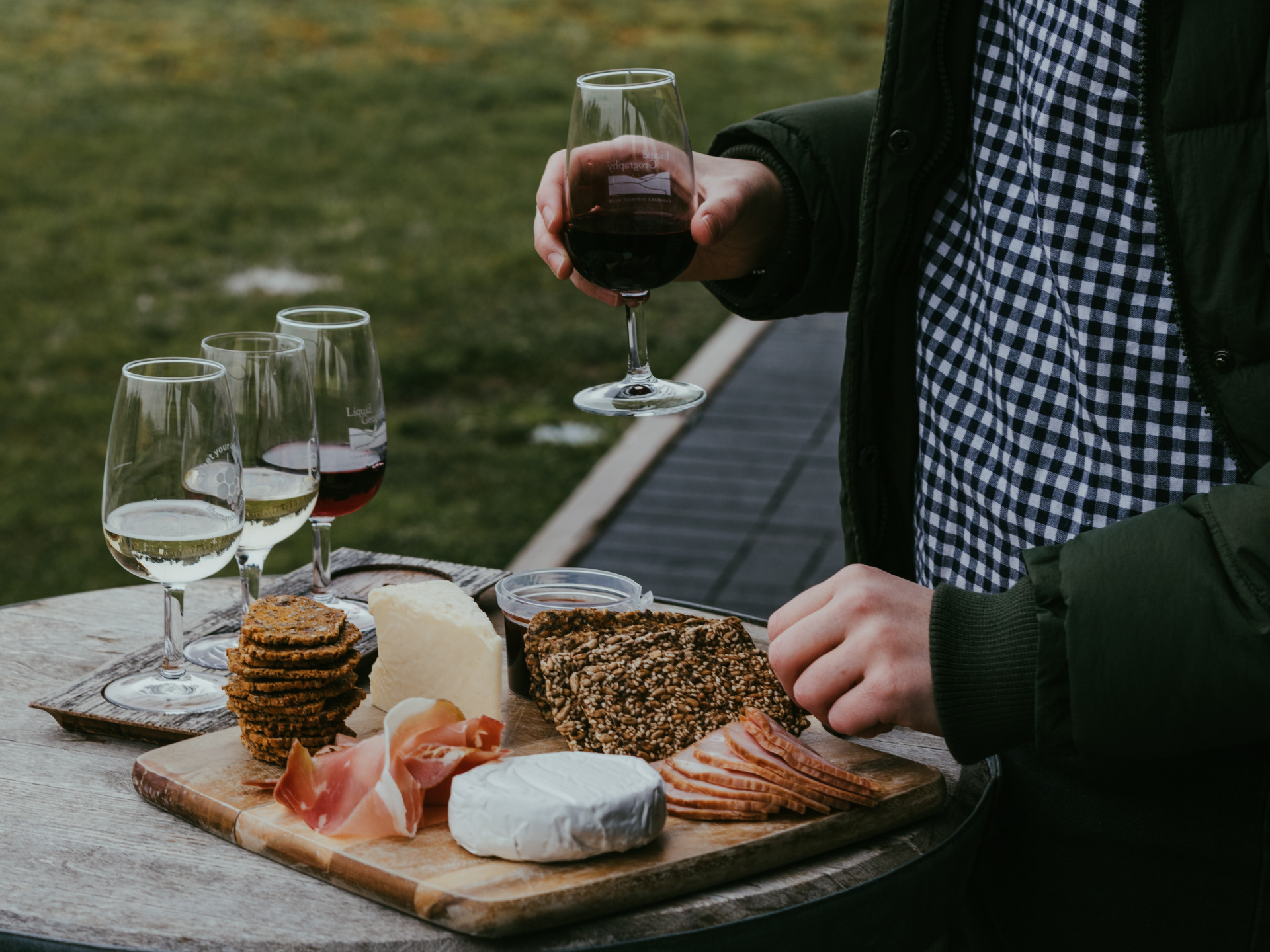
How to Achieve the Perfect Food and Wine Pairing
There are many factors to consider when marrying the flavours in wine and food. This is why pairing these two items is an art in itself. Knowing how to match the right bottle of wine to a dish can make all the difference at your next dinner party. The skill goes beyond merely knowing that red wine goes with red meat and white wine with light meat. When you know what components to look for in both the meal and the drink, you can achieve a perfect balance of taste, resulting in a more enhanced dining experience. As it is with any expertise, you should start with the basics. Learn the foundations of this acquired skill with these tips and tricks.
Notable flavours
To start, it is useful to understand the primary flavours that are normally present in food and drinks. There are six flavour profiles that the tastebuds pick up:
- Fat
- Bitter
- Sweet
- Acid
- Salt
- Spicy or piquant
If you can identify these separate tastes in your food and your wine, you’re already on the right track to making a suitable pairing. From this list of flavours, we can further break down which ones are present in a bottle, and which ones are present on a plate.
1. Flavours in wine
Wine can be divided into three groups.
- White wine, sparkling wine, and rosé are typically acidic
- Red wine is bitter
- Sweet wine, the likes of port, is of course sweet.
2. Flavours in food
Taking away acid, bitter, and sweet from the list, you are left with salt, fat, and spicy. These flavours are normally found in food dishes. Fat and salt are the most common tastes in food, but other cuisines may contain different flavour components as well. For example, a green salad can be acidic because of the dressing and bitter because of the vegetables. Barbecued meat is predominantly fat and salty, but can include a spicy tang from the sauce or marinade.
Different kinds of pairing
Now that you know the flavours found in the dish you’re serving, you can begin pairing it with wine. There is no exact formula to this, and you can definitely experiment by matching different wines. Pairing food and wine is an art because taste is complex, and it’s highly dependent on each menu item. It may take you several tries to finally get the hang of things and identify all the flavour profiles on the table. That’s all the more reason to drink more wine. There are two main ways to pair food with wine: in congruence and in contrast.
1. Congruent pairing
This method of pairing takes the shared flavours in both food and wine and elevates them. Simply put, congruent pairing matches the flavours in the wine with the flavours in the food, or vice versa. Say you’re serving mac and cheese for dinner. This dish is rich and velvety. There may be salty and sweet qualities in there depending on the cheese used. Pairing it with a nice Chardonnay would be ideal, as the wine also has creamy qualities.
2. Contrasting or complementary pairings
On the other hand, you can also pair food and wine in contrast by taking identifiable tastes in the dish and finding a flavour of wine that is the complete opposite. This way, the flavours in the wine will complement the food. A spicy and salty dish like a spaghetti aglio olio would go well with something sweet. A decadent white wine like Sauvignon Blanc will be able to balance out the piquancy and saltiness of the pasta nicely. In the same way, the tastes in the food will even out the wine’s sweetness.
More pairing tips
Having learned the basic methods to match your menu with wine, here are some additional tips to help you really achieve the perfect wine pairing.
1. Red wine for heavier meat, white wine for lighter meat
This is probably the most basic rule of thumb. Red wine is bitter, rich, and works well with red meat such as a steak or beef wellington. Meanwhile, the lightness in white wine pairs nicely with chicken, fish, or seafood.
2. Match wine with the sauce
If the meal is a meat that comes with sauce, it is recommended to try to pair wine with the tastes in the sauce instead of the meat. For example, if you’re having a steak dinner with mushroom sauce, pay attention to the flavours in the sauce. It’s usually salty with a bit of sweet and fat, and generally creamy. An equally creamy wine like Merlot can go well with the dish, as it complements the sauce as well as meat.
3. Match the flavour intensity
Your chosen wine and food should have the same intensity. Consider the weight of the food, how it feels on the palate. Is it rich or light? A salad may be light, but its balsamic vinaigrette dressing can add intense acidity. When trying to complement this quality, choose a wine with flavours just as intense as the salad is acidic. A complementary taste to acid would be something sweet like a rosé.
4. Balance bitter wines with fat
Fatty dishes contain umami flavours, which can be heavenly in the first few bites, but a little too rich over time. You can complement fat with a bitter red wine like Cabernet Sauvignon. Food items that pair well with Cabernet Sauvignon includes steak, burger, or any braised beef dish.
5. Pair in contrast using white wine, sparkling wine, or rosé
Because white wine is generally sweet, it is on the opposite of the flavour spectrum of most dishes, which are salty and fatty.
6. Pair in congruence using red wine
If you’re looking to enhance the flavours of your dish, then red wine is your drink. More often than not, the bitterness of red wine complements the tastes in the food.
When exploring the world of wine and spirits, sourcing original and authentic products is paramount. Red & White Shops, a leading retailer, provides a wide selection of liquor and wine.
Our liquor stores ensure you to have access to high-quality choices for your food and wine pairing experiments. Cheers to the pursuit of the perfect flavor symphony at your next dinner party!




